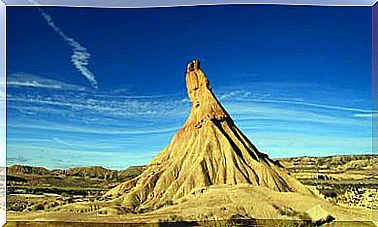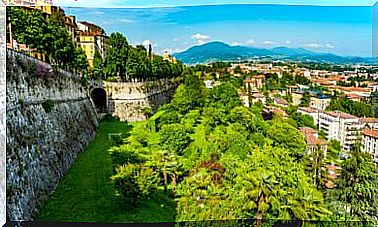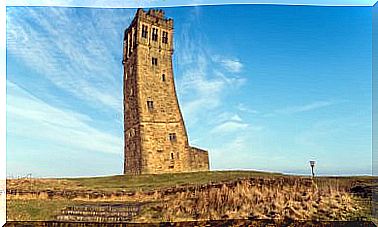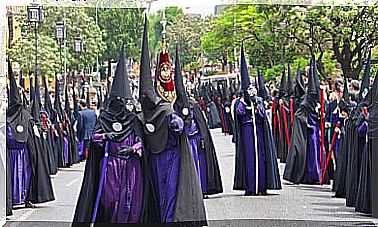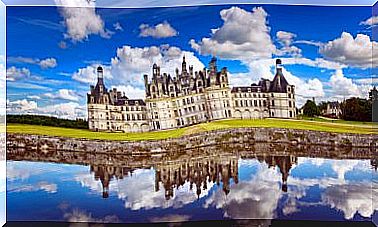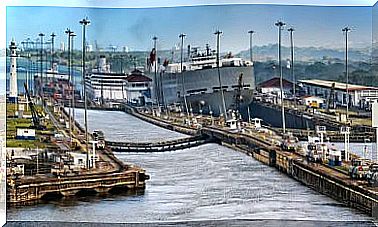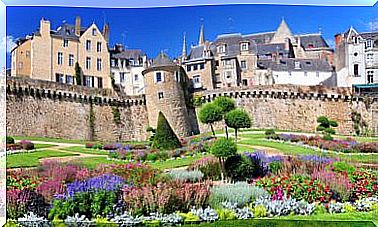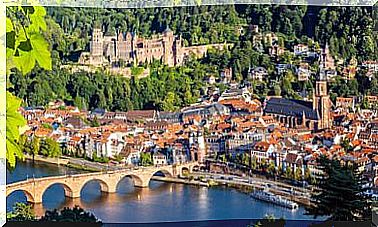Route Through The Archaeological Remains Of Tunisia
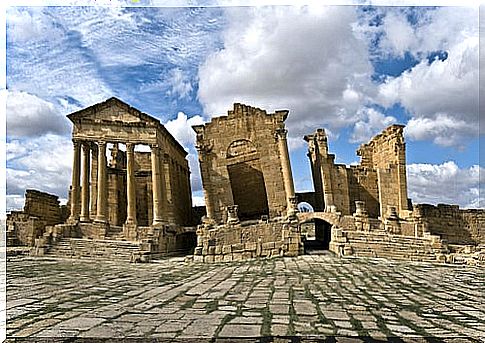
Tunisia and its priceless archaeological ruins
Despite being a small country, with an area of 164,150 square kilometers, Tunisia has archaeological remains of incalculable value. The presence of different civilizations, in conjunction with the classical culture of the eastern Mediterranean, shaped the character of this region of Africa.
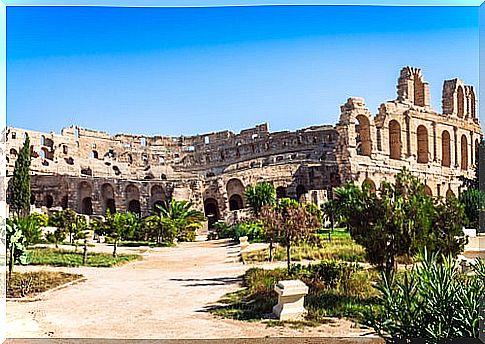
These towns built impressive citadels and places that are currently archaeological jewels and can be admired throughout the country. The Baths of Antony, the amphitheater in Carthage, the Punic necropolis of Utique, the Roman temple of Dougga, the Roman temple of Sbeitla, the Coliseum of El Djem and the Roman villas of Bulla Regia, Maktar and Thurburbo-Majus, are just a few of the best examples.
1. Carthage
Carthage is mentioned as the symbolic capital of ancient Tunisia. It has outstanding vestiges of the Phoenician-Punic and Roman civilizations. Here you can admire the thermal baths of Antonio, the Roman villas, the ancient theater or the amphitheater, as well as the Archaeological Museum and the Byrsa hill, which extends to the sea.
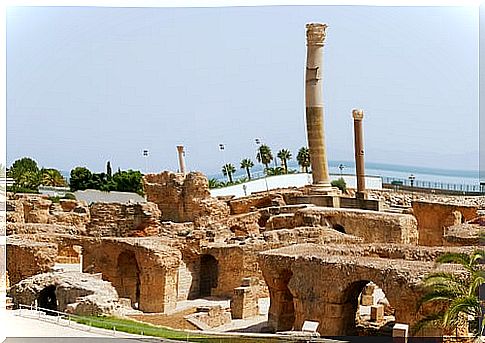
Carthage is a paradise for lovers of history and archeology. Not surprisingly, these ruins have been declared a UNESCO World Heritage Site. Visiting Carthage is returning to the time when this city fought fiercely against the Romans for control of the Mediterranean. All these events are reflected in its architecture and cultural richness.
2. Bulla Régia
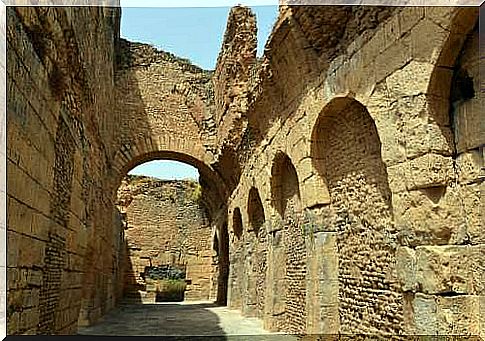
Bulla Régia are some ruins that surprise for their beautiful architectural structures of several floors and subsoils. These remains correspond to the Roman city of the 2nd and 3rd centuries. The forum, the Christian basilicas, the capitol, the old market, the theater and the Byzantine fortress stand out.
3. Djem
Djem is a city that is located about 200 kilometers south of Tunisia. It highlights its wonderful amphitheater, which was built in the time of the Roman consul Gordiano I, in 230 AD.
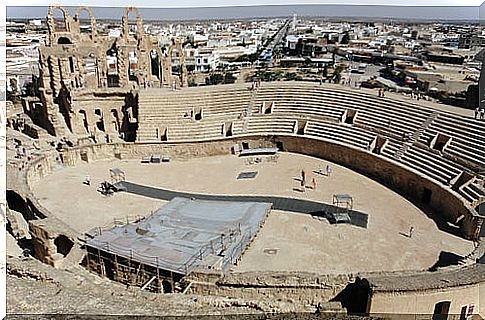
This large construction is made of sandstone and, despite being monumental, it conveys an incredible feeling of lightness. It has 64 arches on each of the floors and inside the amphitheater there are precious mosaics that mix Arab tradition and Roman art.
Historically , in this coliseum aggressive public games were celebrated where those condemned to death fought with beasts in the arena. Under these arches were the cages where the beasts and the condemned, who were gladiators or slaves, were locked up.
4. Dougga
The Dougga ruins are one of the best archaeological sites in Tunisia. They are 6 kilometers from the town of Téboursouk. Under Roman rule, Dougga had a population of up to 10,000.
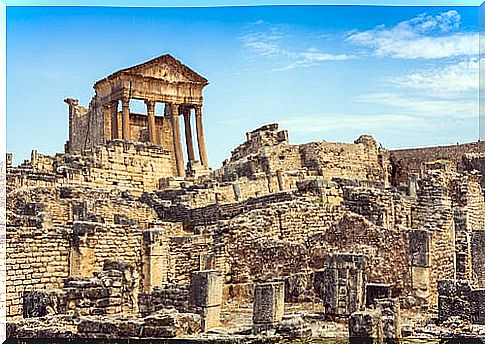
The main attraction is its capitol, built in 166 BC These ruins are very well preserved and are dedicated to Jupiter, Juno and Minerva. Even today, its theater is used by a summer tourism company. On the circuits, visitors can delight in touring the Baths of Cyclops and the Trifolium chamber believed to have been the city’s brothel.
5. Utica
Located near Tunis, Utica was founded by the Phoenicians probably around 1100 BC. It was once an important Roman port, before being overshadowed by Carthage. Among its ruins you can still see public buildings such as the hot springs, some warehouses or the amphitheater.
6. Sbeitla
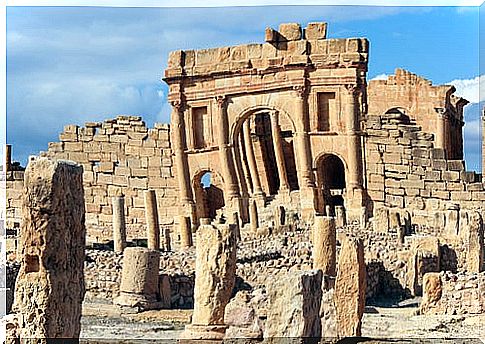
Sbeitla is currently mentioned as one of the “golden villages” of Romano-Byzantine Africa. In the heart of the city stands the forum, built in 139 BC. C .; its great triumphal arch, just before the entrance, and the Basilica of San Vitalis, a slightly more modern structure with a beautiful baptismal font and decorated with mosaics
Finally, be sure to visit Thuburbo and its ruins from Roman times such as the forum, the capitol and its winter baths. Kerkouane is another must-see, with its remains of a Punic city that was declared by UNESCO as a World Heritage Site.
